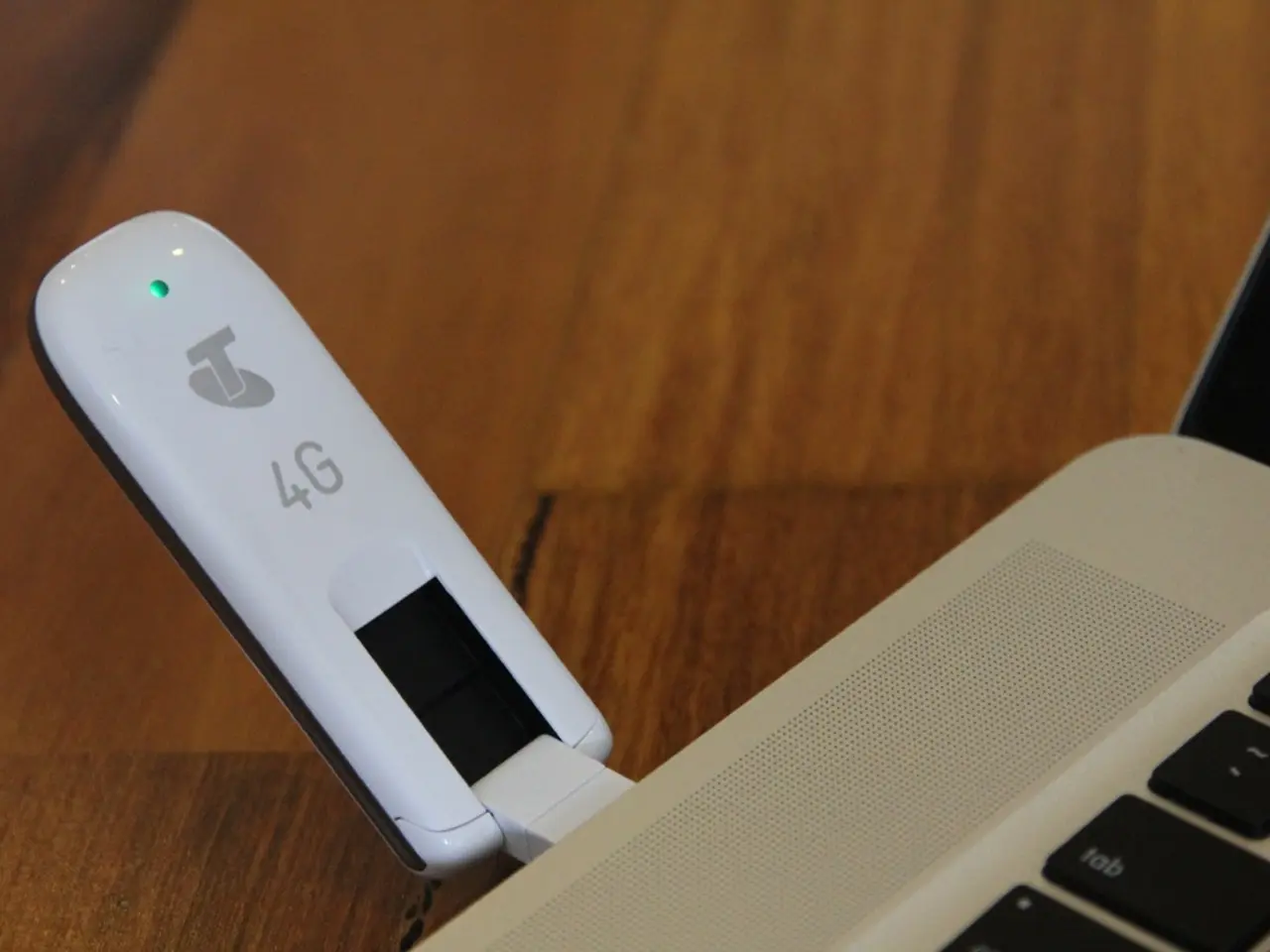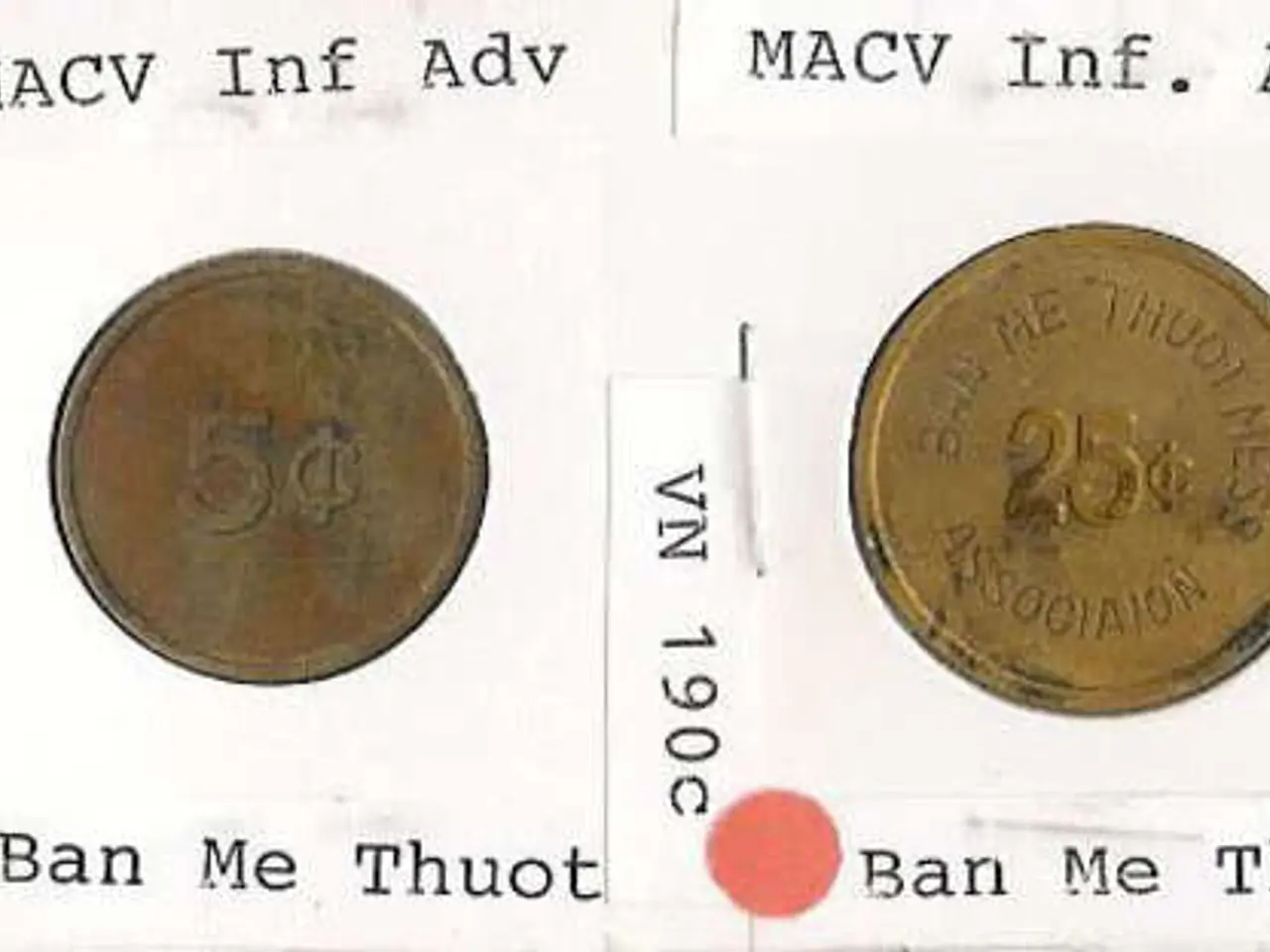Traveler Data - Information Regarding Each Trip's Passenger
In the realm of global travel, a unique identifier known as the Passenger Name Record (PNR) plays a crucial role. First introduced in the 1960s, this alphanumeric code is now used by airlines and travel agencies worldwide to manage reservations and track passenger information [1].
The International Civil Aviation Organization (ICAO) and the International Air Transport Association (IATA) have guidelines on PNR Data, ensuring standardisation and security in the airline industry [2][3]. Moreover, customs and immigration authorities use PNRs to screen passengers and verify their travel history, enhancing safety and security [4].
However, with the handling of sensitive passenger data comes the responsibility to protect privacy. The European Union has strict data protection laws that govern the use and storage of PNR data [5]. The European Data Protection Board has guidelines on the processing of personal data under Article 6(1)(b) GDPR in the context of the provision of online services to data subjects [6].
To safeguard PNR privacy and security, the airline industry employs a combination of technical safeguards, compliance strategies, and legal frameworks. These measures include encryption of PNR data both in transit and at rest, strict access controls, incident response plans, regular risk assessments, data minimization, transparency, accountability, retention limits, use restrictions, and passenger consent [1][2][3].
Moreover, airlines flying to or from the U.S. are required to submit PNR data to Customs and Border Protection prior to departure via secure channels [7]. The collection and analysis of PNR data by authorities is done under strict rules aimed at detecting suspicious travel patterns while protecting personal data per applicable laws [4].
It's essential to note that PNRs also include information about any special requests or needs the passenger may have, such as dietary requirements or wheelchair assistance [1].
In conclusion, the airline industry's current approach to PNR privacy and security involves robust encryption, strict access controls, clear data retention policies, passenger transparency measures, and legal compliance frameworks (including the EU PNR Directive and related rulings) to safeguard passenger data effectively [1][2][3]. Regulations are in place to protect passenger privacy in the use of PNRs, ensuring a secure and seamless travel experience for all.
References: [1] Airline Reservation Systems: A Brief Overview. (n.d.). Retrieved from https://www.iata.org/contentassets/47b9b4c0c2874a929b3762d878727c7a/docs/airline-reservation-systems-a-brief-overview.pdf [2] European Commission. (2016). EU-U.S. Passenger Name Record (PNR) Agreement. Retrieved from https://ec.europa.eu/home-affairs/what-we-do/policies/borders-and-visas/passenger-data/eu-us-pnr-agreement_en [3] European Data Protection Board. (2020). Guidelines on the processing of personal data by competent authorities in the context of the provision of services to data subjects. Retrieved from https://edpb.europa.eu/our-work-tools/our-documents/guidelines/guidelines-processing-personal-data-competent-authorities-context-provision-services-data-subjects_en [4] European Parliament. (2018). Resolution of 14 March 2018 on the EU-US Passenger Name Record (PNR) Agreement. Retrieved from https://www.europarl.europa.eu/doceo/document/RC-9-2018-0021_EN.html [5] General Data Protection Regulation (GDPR). (2016). Retrieved from https://gdpr.eu/what-is-gdpr/ [6] European Data Protection Board. (2021). Guidelines 05/2021 on the territorial scope of the GDPR. Retrieved from https://edpb.europa.eu/our-work-tools/our-documents/guidelines/guidelines-052021-territorial-scope-gdpr_en [7] U.S. Customs and Border Protection. (n.d.). Passenger Name Record (PNR) Program. Retrieved from https://www.cbp.gov/travel/trusted-traveler-programs/global-entry/passenger-name-record-pnr-program
Technology in data-and-cloud-computing is utilized by the airline industry to safeguard Passenger Name Record (PNR) privacy and security, employing encryption, strict access controls, clear data retention policies, transparency measures, and legal compliance frameworks. These measures include the encryption of PNR data, incident response plans, regular risk assessments, data minimization, and compliance with guidelines from the International Civil Aviation Organization (ICAO) and the International Air Transport Association (IATA).




